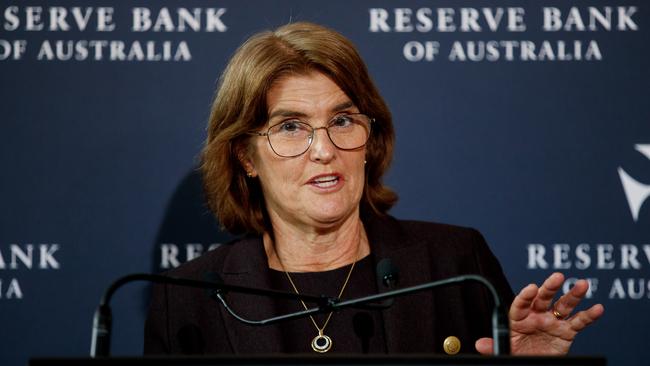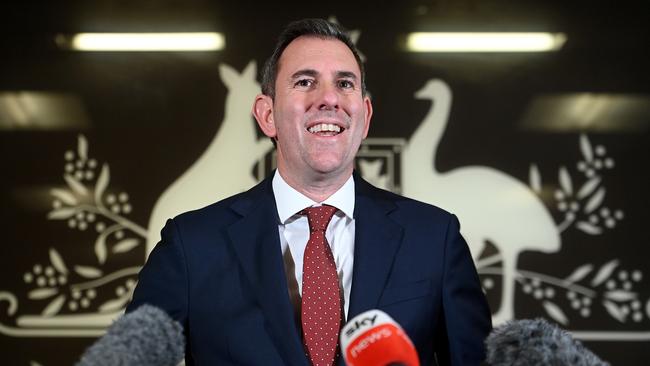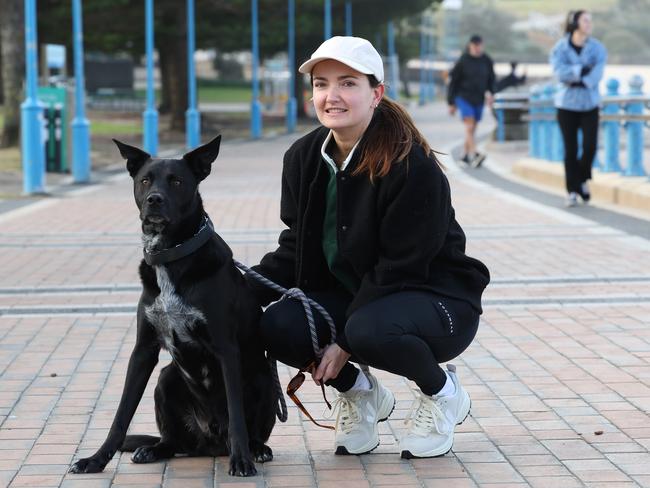Experts make call on next interest rates decision
The dollar, bond yields, futures markets and leading economists are now pointing in a new direction after a fall in the Reserve Bank of Australia’s preferred measure of inflation.
NSW
Don't miss out on the headlines from NSW. Followed categories will be added to My News.
Forecasts for the next change to interest rates have switched from up to down, perhaps this side of Christmas, after new inflation figures were not as bad as some had feared.
The Australian Bureau of Statistics on Wednesday revealed the headline consumer price index (CPI) for the year through June was 3.8 per cent, up from 3.6 per cent, as expected.
But more importantly, there was a decline in the “trimmed mean” CPI — which is what Reserve Bank of Australia Governor Michele Bullock currently worries about most when setting monetary policy.
The trimmed mean, which strips out the biggest price movements to focus on core inflation — fell to 3.9 per cent from 4 per cent. Most economists had anticipated the trimmed mean would go up.
Assessing the implications, CBA’s head of Australian economics Gareth Aird said: “We expect the RBA to leave the cash rate on hold at the August Board meeting next week.”

Mr Aird added that he expects a rate cut in November.
Westpac senior economist Justin Smirk also said the inflation data left “the door open for a rate cut”.
Prior to the release of the CPI figures, money markets indicated there was a one-in-four chance that the RBA would lift its cash rate by a quarter of a per cent on Tuesday as part of its mission to reduce inflation to 3 per cent by the second half of 2025.
But traders now think there is no likelihood of a hike next week. What’s more, they see a strong chance of a cut by December, according to CommSec.

In currency and debt markets there was further evidence that the next rate move will be down, with the Australian dollar falling more than half a US cent and the three-year government bond yield shedding close to 25 basis points.
The inflation data showed that 13 rate rises since May 2022 are taking an ever-increasing toll on household demand.
Suppliers have therefore only managed to raise prices of discretionary goods and services by 2.1 per cent over the past year – the slowest rate since 2021.
For non-discretionary items, annual inflation increased to 4.5 per cent from 4.3 per cent.

Housing, fruit, vegetables and transport were the biggest contributors to the headline CPI.
Maroubra mortgagor Anna Syder said high inflation and rate increases had made budgeting more difficult.

“People are doing it pretty tough with the cost of living,” she said.
Treasurer Jim Chalmers said inflation is “more persistent than we like but we have made substantial progress.”
Opposition Treasury spokesman Angus Taylor said the CPI figures showed households and businesses were feeling “pain.”
Do you have a story for The Daily Telegraph? Message 0481 056 618 or email tips@dailytelegraph.com.au




